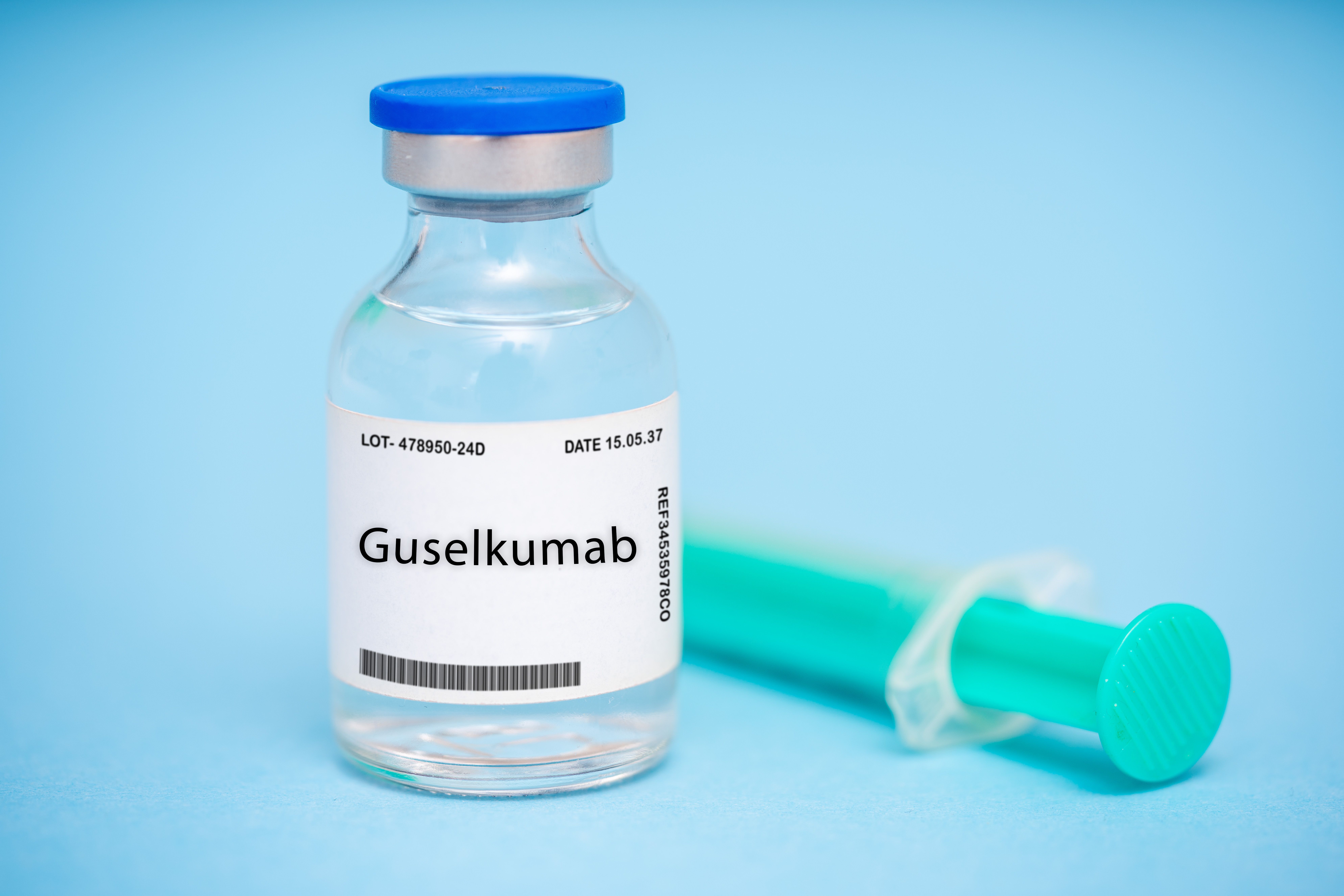Video
Individualizing Therapy for Multiple Myeloma Patients
Keith Stewart, MB, ChB: There is a national conversation regarding the price and affordability of drugs going on. Concerns for value and benefits of medications are challenged by the increasing price of the medications, including the cost of care of myeloma. With the availability of new drugs there is an unprecedented improvement in the overall survival of patients with myeloma.
Today, on this AJMC® Peer Exchange, with a panel of experts, we will discuss the direct benefits to patients and society, and the associated expenses with the new treatments.
I am Dr Keith Stewart, professor of medicine and a consultant in the Division of Hematology/Oncology, Department of Internal Medicine, at the Mayo Clinic in Phoenix, Arizona.
Joining me today are: Mary DeRome, director of medical communications and education, at the Multiple Myeloma Research Foundation in Norwalk, Connecticut;
Dr Rafael Fonseca, professor of medicine and chair of the Department of Internal Medicine at the Mayo Clinic in Phoenix, Arizona;
And Dr. Andrzej Jakubowiak, professor of medicine and director of the Myeloma Program at University of Chicago Medicine in Chicago, Illinois.
Welcome all. Let’s get started. We’re going to begin our discussion by talking about newly diagnosed multiple myeloma. Let me start off with you, Rafael. Do you consider today that all myeloma patients should get the same treatment, or are there ways you can individualize them?
Rafael Fonseca, MD: Well, thank you for the opportunity. I do think that treatment has to be individualized to every patient. We do that in many ways, of course, by clinical variables. The obvious ones being whether the patient is a transplant candidate or not. But beyond that, the biology of the disease is dictating what we should be thinking about therapy, how we think about what combinations, how to use maintenance, etcetera. I think more and more we’re approaching a more individualized approach. We’re not 100% there, but the direction is that for sure.
Keith Stewart, MB, ChB: Andrzej, what kind of tools do you use to decide how to individualize therapy in a newly diagnosed patient?
Andrzej Jakubowiak, MD, PhD: Well, traditional, looking at the patient in terms of how the overall well-being is, any presence of comorbidities, which will affect the choices; biological, to check the disease characteristics, risk factors, which are potentially driving some of our choices. And then we are starting to do use additional tools that are emerging as important to our decision making, better formulating who is a high-risk patient versus standard versus intermediate. And that may impact our choices. But I would jump into Rafael’s comment that, to some extent, we are evolving in terms of individualizing therapy in newly diagnosed patients. There was a time when we were very much convinced that patients with good-risk disease could be receiving lighter therapy to save more aggressive treatments for later. And that has sort of evolved, in my observation, through a little bit different approach.
Keith Stewart, MB, ChB: Let us come back to that in a bit. Mary, you hear a lot from patients. And the MMRF, [Multiple] Myeloma Research Foundation, has been a leader in individualizing therapy. What are you telling patients today about this topic?
Mary E. DeRome: I think one of the most important things that we tell patients is that they really need to understand what their options are at the beginning when they’re newly diagnosed and then also to make clear to their care teams what their needs and their goals are, their therapy goals. Because, clearly, there are some patients who really want to treat their disease most aggressively up front and are less concerned about any [adverse] effects that might occur. Whereas, there are other patients who are really concerned with maintaining at least some quality of life while receiving effective therapy. So that’s something that we really encourage our patients to do.
Keith Stewart, MB, ChB: Rafael, how much do you weigh genetic prognostic markers versus blood diagnostic markers versus frailty, and age, and comorbidities? How do you balance those things?
Rafael Fonseca, MD: I’m glad you asked. Yesterday, there was a session that I attended, the geriatric assessment of myeloma patients. And I was not aware of this, but when we think about genetics, they explain the average transplant candidate may be, if you’re lucky, 35%, 40% of the variability. As you go into the older population, the bulk of the variability seems to be explained by fitness and comorbidities. I think that we need to bring that into the equation. I think the magnitude of what I saw yesterday was quite impressive, and it’s important to remember that even if you have high-risk markers, it is not 100% determinant. There are patients with good risk who will not have a good outcome. There are patients with high-risk markers who have sustained CRs [complete responses].
Keith Stewart, MB, ChB: Mary, how much weight do you think patients put on things like, maybe we’ll get to this later, too, but things like convenience and distance, versus just getting the best therapy available?
Mary E. DeRome: I think it depends on the patient and it depends on the resources available to that particular patient.




